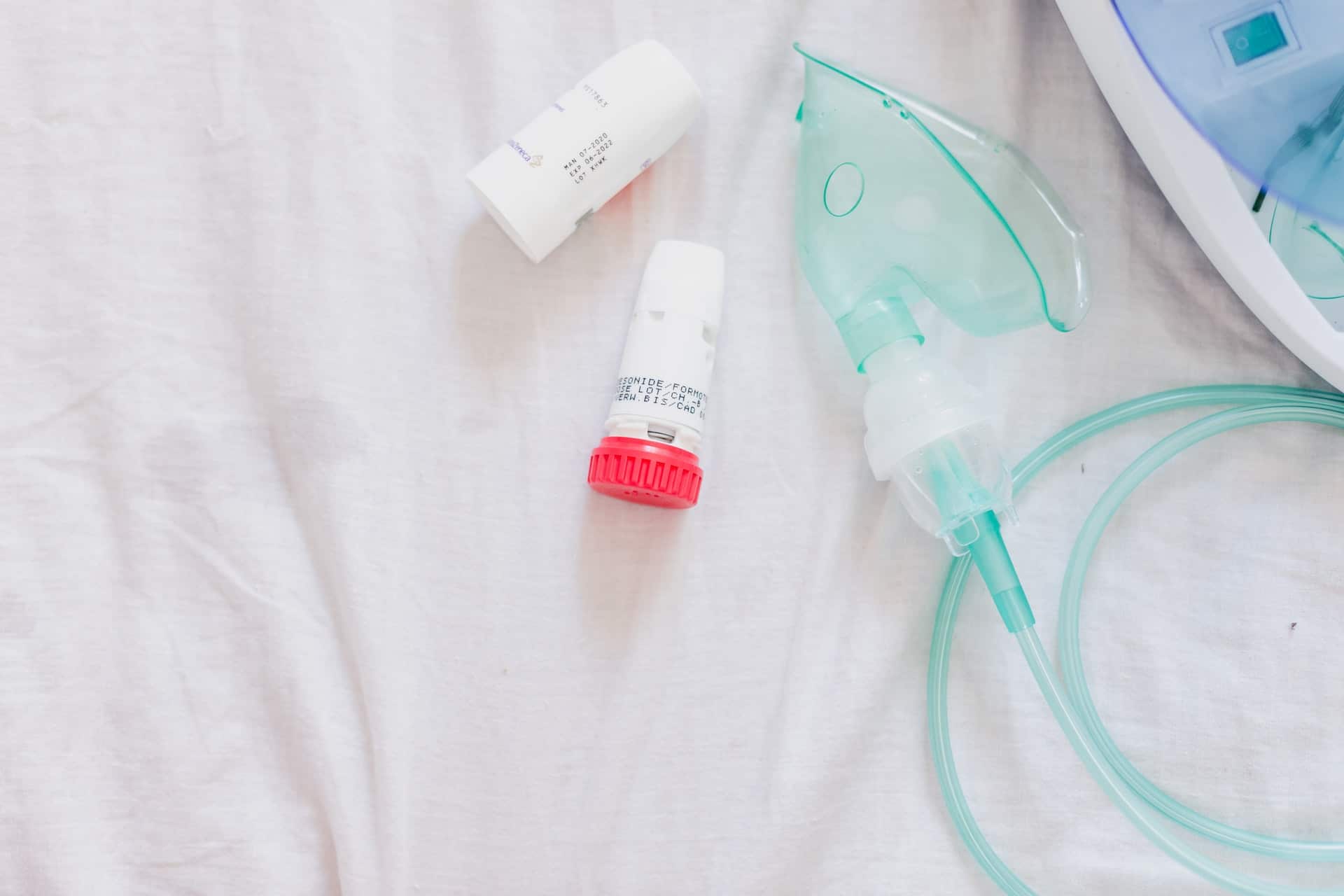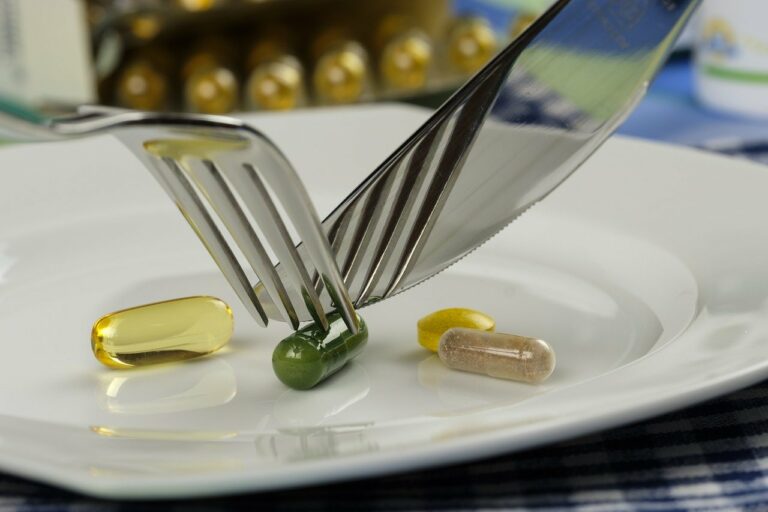Nebulizers are essential to treating asthma, cystic fibrosis, and other respiratory conditions as they deliver medications quickly and deeply into your lungs. A nebulizer turns liquid medicine into a very fine mist that your lungs can easily absorb. The nebulizer’s compressor forces this medicated mist through a filter and tubing. Then the patient inhales the medication through a mouthpiece or face mask.
However, a dirty nebulizer can also administer harmful microbes that can cause lung infections, which may be especially serious for people who already struggle with respiratory illnesses. You can also inhale this debris or microbes – like bacteria – that live within a dirty filter, tubing, face mask, or mouthpiece. Once inside your lungs, microbes can cause serious bacterial infections. Debris can also prevent your nebulizer from working properly or cause nebulizer parts to fail early.
Cleaning your nebulizer parts keeps the unit working at its best and reduces your risk of contracting bacterial infections. Here are a few steps you can take to disinfect your nebulizer supplies to keep both you and your machine in good health.
Check Your Nebulizer Manual for Instructions on Disinfecting
While nebulizers have the same basic parts and require many of the same steps for cleaning, each nebulizer is slightly different. It is especially important to check the manufacturer’s instructions when disinfecting a new nebulizer.
Choose a Sterile Location
Clean your nebulizer equipment in a smoke-free and dust-free environment away from open windows. This prevents any smoke, dust, or pollen from settling on your sensitive nebulizer supplies while they are drying.
Disinfect Your Nebulizer After Every Treatment
Disinfecting your nebulizer immediately after every treatment keeps the nebulizer system functioning at its best to deliver medications directly into your lungs. Regular cleaning can also help extend the life of your machine.
After your nebulizer treatment, take apart the nebulizer cup and mouthpiece or mask. Do not force the pieces apart, as this could damage the system. Clean the cup and mouthpiece or mask with warm, soapy water, using a mild detergent. Shake off the excess water then place the cup and mask or mouthpiece on a clean, dry towel to air dry.
Unplug the Unit Before Disinfecting
Always make sure you unplug the nebulizer system before cleaning.
Remove the Tubing
Remove the tubing from the nebulizer, but do not rinse it! You should never put nebulizer tubing in water, as wet tubing doesn’t dry completely and can then become a reservoir for bacteria. Examine the tubing for visible debris or cracks, then replace damaged or dirty tubing.
Clean the Surface of the Compressor
Wipe the surface of the compressor with a disinfectant wipe or a soapy cloth. Clean the outside of the tubing with a cloth or wipe. Inspect the compressor and tubing for signs of wear or damage. Never submerge the compressor itself in water, as this may damage the machine.
Reassemble Your Nebulizer
Put your entire nebulizer system back together after the pieces have dried. Run air through the machine for 10 to 20 seconds to remove any excess water.
Store the Cleaned Nebulizer System
Store your disinfected nebulizer in a clean, dry space away from open windows or other areas that may expose the system to contaminants or dust. Do not store your nebulizer on the floor or in areas where someone may vacuum or dust, as this may introduce debris and microbes into the system.
Disinfect Every Three Days (If You Are Not Using It Daily)
Disinfect your nebulizer system after the final use every three days, using one of the following methods and solutions:
- Soak the nebulizer cup and mouthpiece or mask for 30 minutes in one-part white vinegar to three-parts water combined in a clean bowl. Then rinse the parts well with warm water and allow to air dry.
- Soak the mouthpiece or mask and nebulizer cup for five minutes in 70% isopropyl alcohol. Then rinse the parts well with warm water and allow to air dry.
- Soak the nebulizer equipment in 3% hydrogen peroxide for 30 minutes. Then rinse the parts well with warm water and allow to air dry.
You can use the above methods to disinfect your non-disposable nebulizers. You may also use the following heat disinfecting methods:
- Boil for five minutes
- Microwave in a bowl of water for five minutes
- Use an electric steam sterilizer used to sterilize baby bottles
- Put it in the dishwasher at 158 degrees Fahrenheit for 30 minutes
Be sure to check the manufacturer’s recommendations before using these methods.
Routine Maintenance for the Cleanest Nebulizer Possible
Inspect the nebulizer filter periodically for signs of yellowing, damage, or stains. Check the nebulizer filters replacement recommendations on your nebulizer. Most manufacturers recommend replacing the nebulizer filters every six months or as needed.
Look for signs of wear or damage to your nebulizer system. Replace tubing, filters, masks, or mouthpieces as needed.
When it comes to caring for children, family, patients, yourself, or other individuals with respiratory conditions keeping a nebulizer in good condition is critical. For more information on disinfecting your nebulizer, consult with the manufacturer’s instructions. You may also contact the manufacturer or nebulizer equipment supplier for more information.










![Home Renovation Guide [2025]](/app/uploads/2021/04/design-hacks-1-378x300.jpg)
